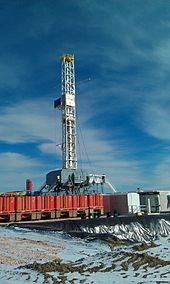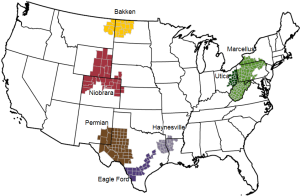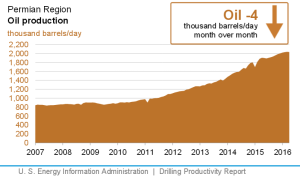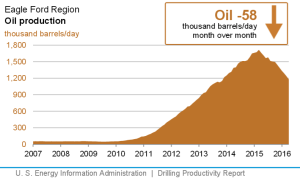The Texas Supreme Court recently granted a petition for review in the case of Denbury Green Pipeline-Texas LLC v. Texas Rice Land Partners. The review will focus on how the courts are to apply a test created by the Texas Supreme Court concerning when an entity may identify itself as a common carrier. Common carrier status is critical because it allows a pipeline company to use eminent domain power (i.e., condemnation) to acquire pipeline easements.
When Is A Pipeline a Common Carrier Line?
Texas Rice Land Partners owned a rice farm and cattle ranch in Jefferson County on the Texas Gulf coast and refused to let Denbury Green Pipeline-Texas LLC (“Denbury”) survey the property for a carbon dioxide pipeline in 2008. Relying on Texas law at the time, Denbury began eminent domain proceedings so they could conduct the survey. Denbury had indicated that it was a “common carrier” on the Texas Railroad Commission’s T-4 form for pipeline permits. The Texas Railroad Commission does not examine or evaluate this designation, but takes it at face value. In fact, the filing of a T-4 with the Railroad Commission is not really a permitting process at all, but simply a registration of the pipeline for information purposes. The trial court held that Denbury was a common carrier and enjoined Texas Rice Land Partners from interfering with Denbury’s surveying activities on the land. The Texas Ninth District Court of Appeals opinion affirmed the decision of the trial court based on the probability that the pipeline would serve third parties at some point after construction by transporting gas for customers who will either retain ownership of their gas, or sell it to unaffiliated parties. The Texas Supreme Court issued an opinion in 2012 announced the “Texas Rice test”: “for a person intending to build a CO2 pipeline to qualify as a common carrier under the Texas Natural Resources Code, a reasonable probability (which the Court indicated in a footnote means more likely than not) must exist that the pipeline will at some point after construction serve the public by transporting gas for one or more customers who will either retain ownership of their gas or sell it to third parties other than the pipeline company”. The Texas Supreme Court remanded the case to the trial court for application of the facts to the new “Texas Rice test”.







